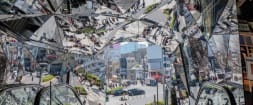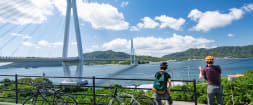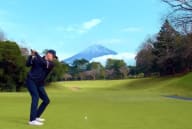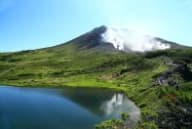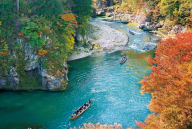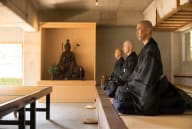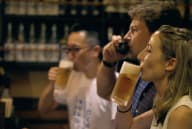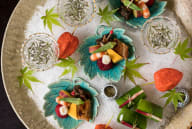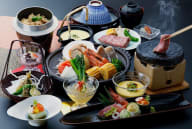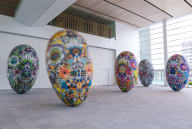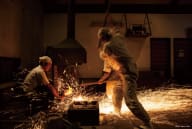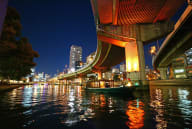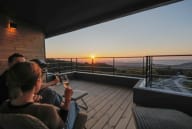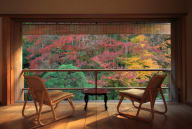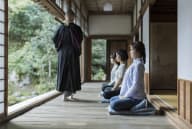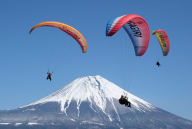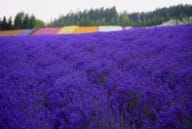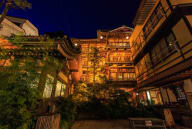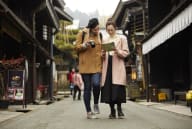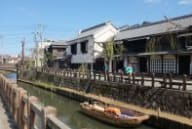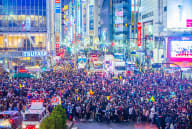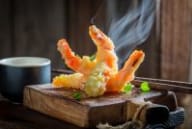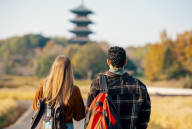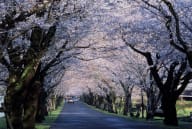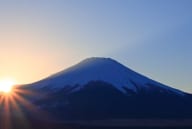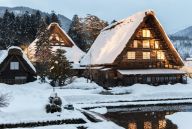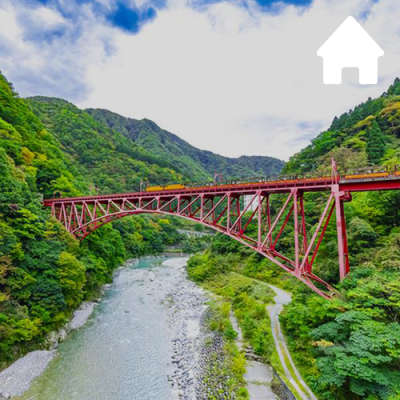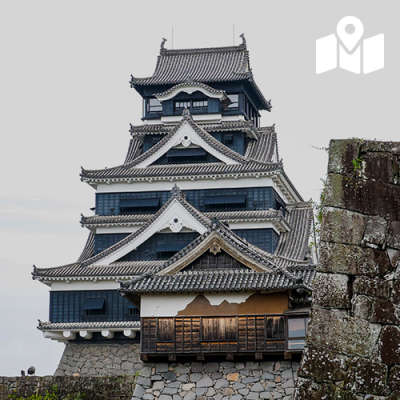Use the
Planning a Trip to Japan?
Share your travel photos with us by hashtagging your images with #visitjapanjp
From Tokyo—the global epicenter of pop culture—to the satoyama woodlands and fishing villages of Hokuriku, and onward to Kansai, where food and tradition are woven deep into daily life, this region reveals a living dialogue between past and future. Every town safeguards memories of the land while boldly reimagining what lies ahead, offering glimpses of a society in which people and nature thrive together. Travel through these landscapes and sense the future each community seeks to build.
Local Insight
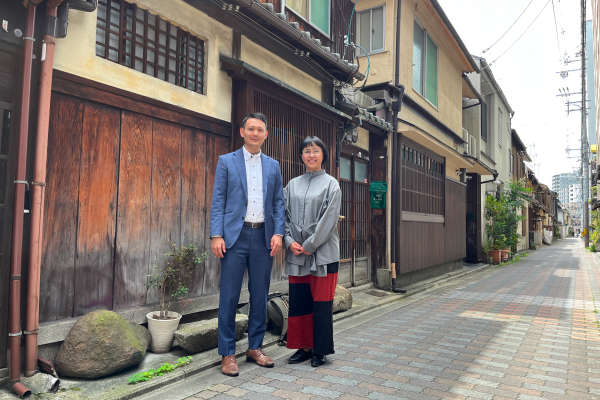
We asked Naoki Fujimoto of JTB Kyoto Branch—provider of the private vegan walking tour—and Chisayo Tamaki of KYOTOVEGAN, who plans and operates the experience, to share their insights.
Q. What makes this tour special?
We invite guests to discover a side of Kyoto most visitors overlook. Sanjo-kai Shopping Street is home to about 180 businesses, many of them small, family-run shops with long histories. While few advertise themselves as “vegan,” many are naturally vegan- or vegetarian-friendly. You might drop by a century-old rice cracker shop, savor crisp vegetable tempura fried in plant-based oil, or—if you include eggs and dairy in your diet—watch a crepe master hand-roll fresh batter on a griddle. Over two and a half unhurried hours, we weave through these storefronts, chat with shopkeepers, and unfold centuries of neighborhood history. Because the tour is limited to just five participants, we tailor the experience to every group. Some guests, often from other parts of Asia, want to eat their fill, while others, especially from Europe, are hungry for cultural back-stories.
Q. What is the wider appeal of Kyoto?
In Kyoto, culture is always close by. We begin at Shinsen-en, a tranquil garden-temple where the Gion Festival began more than 1,100 years ago. It is the perfect spot to share a short overview of Kyoto’s long, layered history. From there we wander into the shopping street lined with around 180 shops, many of them small, family-run businesses. As of November 2022, 17 have been open for more than a century. Pause to chat with a shopkeeper and you will feel the past breathing through every doorway.
Q. How does the tour echo EXPO 2025’s focus on “Connecting Lives”?
EXPO 2025 highlights food diversity, plant-based innovation, and food-tech pioneers such as Chef Yoshihiro Murata of Kikunoi. Kyoto’s everyday cooking already embodies that spirit, like extracting umami from kombu and shiitake instead of using bonito or other fisht, or elevating tea leaves to a ceremonial art. Near the shopping street, a traditional spinning top artisan turn kimono scraps and cotton cords into bright Kyo-koma spinning tops, showing that even offcuts can find new life as playful toys. By viewing these traditions through a vegan lens, professionals and curious travelers alike can see how ancient wisdom meets sustainability.
DAY 1
Manga and Anime Pilgrimage
Tokyo
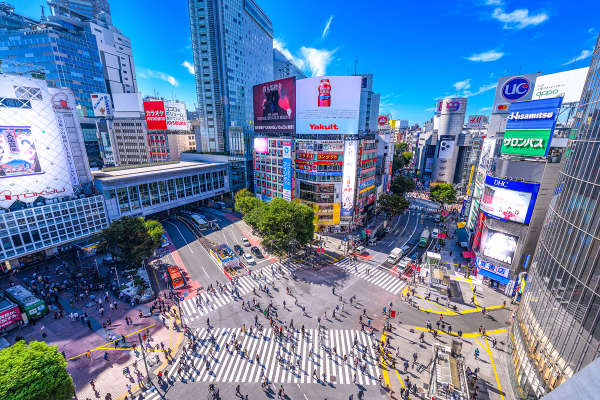
The scramble crossing in front of Shibuya Station has appeared in countless films and anime scenes.
A limited-express train brings you from Narita Airport to Shibuya in about 75 minutes. From Haneda Airport the ride is quicker, and a direct limousine bus offers another easy option. Long celebrated as a launchpad for youth trends—and as a beloved hub of anime and manga—Shibuya is the perfect place to dive head-first into Japanese pop culture.
Inside Shibuya PARCO, Pokémon Center SHIBUYA is a must-visit for fans and travelers alike. Alongside original merchandise and photo spots, it features the popular Pokémon Design Lab, where you can customize and purchase your own original T-shirt on the spot.
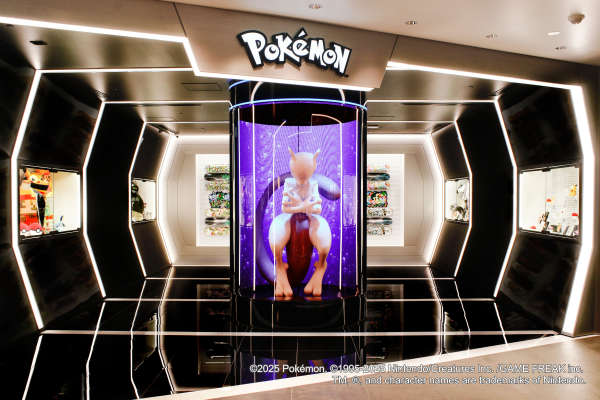
In this sleek Pokémon Center SHIBUYA, the legendary Mewtwo awaits.
DAY 2
Nikko Toshogu Shrine
Tochigi
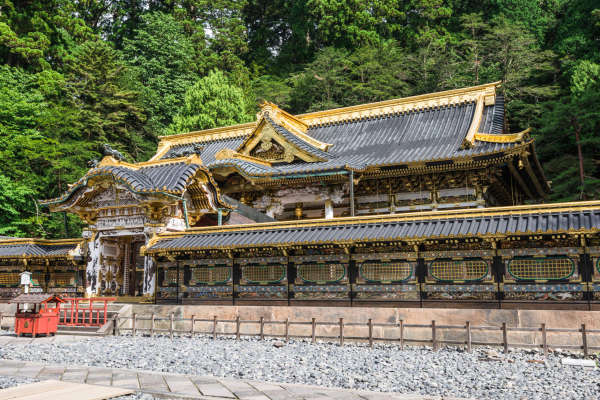
Yomeimon Gate of Nikko Toshogu—intricate carvings and lavish decorations leave every visitor in awe.
Catch a direct train from Shinjuku or Asakusa to Nikko. Here, the lavishly adorned Nikko Toshogu Shrine—principal shrine of the nationwide Toshogu network—forms the heart of the Shrines and Temples of Nikko UNESCO World Heritage Site. Its intricately carved and vividly lacquered buildings, many designated National Treasures and Important Cultural Properties, make it one of Japan’s most compelling sacred complexes.
Between shrine visits, pause for Taishu Engeki, a popular theatre style that evolved from Edo-period Kabuki. Mixing drama, dance, song, and revue, these intimate performances offer an easy, engaging introduction to traditional Japanese stage arts and a pleasant break during your stroll.
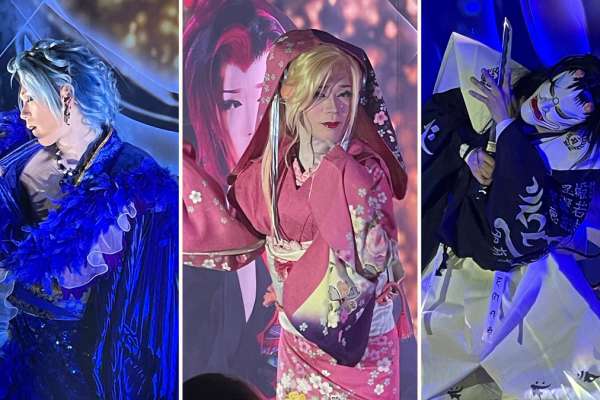
After the show, try stage makeup, kimono dressing, and graceful fan movements in a hands-on workshop, becoming a performer yourself for a moment.
DAY 3
Extraordinary Japanese Harmony Experiences
Tochigi/Tokyo
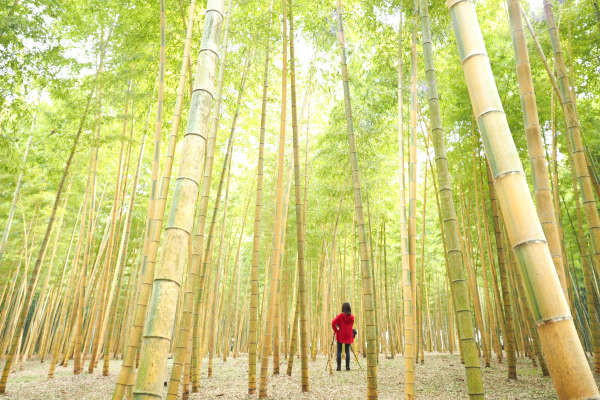
The meticulously tended Bamboo Forest at Wakayama Farm is a popular filming location for movies and commercials.
From Nikko, it’s about an hour’s drive to Wakayama Farm in Utsunomiya, where a meticulously tended 24-hectare bamboo grove awaits. Stroll through the dreamlike forest, then pause for matcha served in bamboo cups (served only on weekends and holidays).
Next, hop on the Shinkansen back to Tokyo and continue to the Tsukiji district, where the century-old Tsukiji Tama Sushi invites you to try your hand at shaping nigiri under the watchful guidance of master chefs.
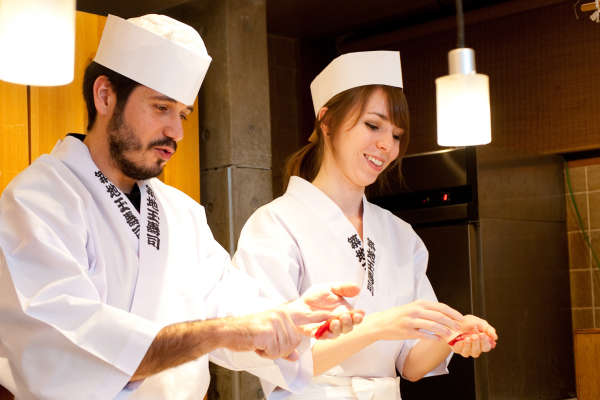
Wearing a white chef’s coat behind the counter, you will shape perfect sushi and feel the living spirit of Japan’s sushi culture.
DAY 4
Auberge eaufeu
Ishikawa
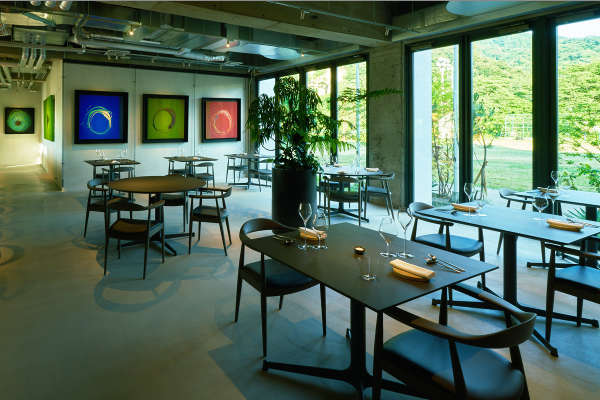
Main dining room of Auberge eaufeu—the former staff room of an elementary school, now reborn as a light-filled modern dining salon.
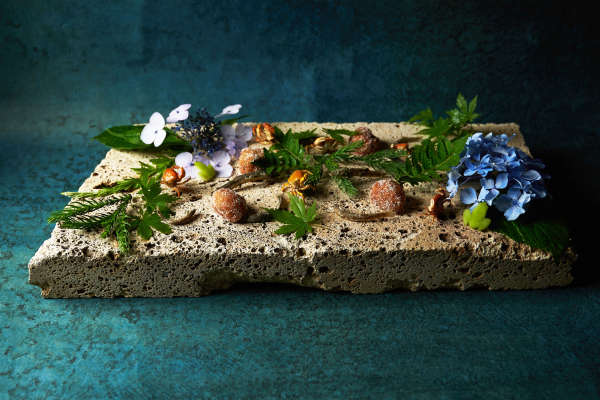
Innovative cuisine showcases local ingredients presented on plates hewn from the very stone visible outside the window.
Fly from Haneda to Komatsu Airport, then drive about 30 minutes to a town where stone-working has flourished for 2,300 years. Amid satoyama woodlands and an active quarry, the acclaimed Auberge eaufeu opened inside a former elementary school lovingly repurposed as a culinary retreat. Here, guests can savor the life and flavors of the land—seasonal vegetables and mountain greens, a rich variety of fish, and locally sourced game. A place that once nurtured children now invites culinary travelers to taste the region’s culture and history—an experience at once nostalgic and boldly contemporary.
DAY 5
Sake Brewery Tour
Fukui
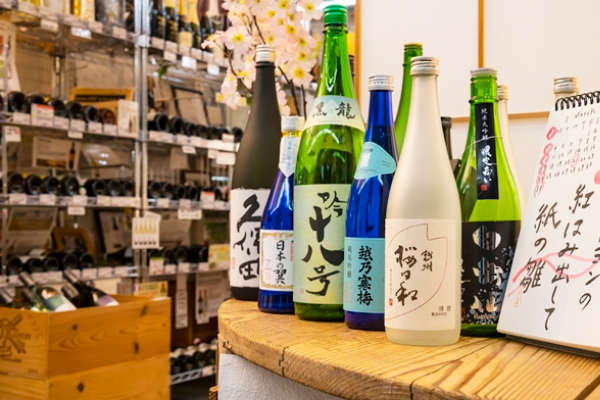
Fukui, one of Japan’s premier rice-growing regions, is dotted with breweries renowned for superb local sake.
Take the Shinkansen to Tsuruga in Fukui Prefecture, the gateway to one of Japan’s premier sake-rice regions. Join a tasting tour that unpacks brewing techniques, the dedication of each brewery, and the cultural setting that shapes their craft—a rewarding deep dive for first-timers and connoisseurs alike. Continue by train to Obama, once one of the Sea of Japan’s busiest ports, and spend the night in a machiya townhouse lovingly restored as a welcoming inn.
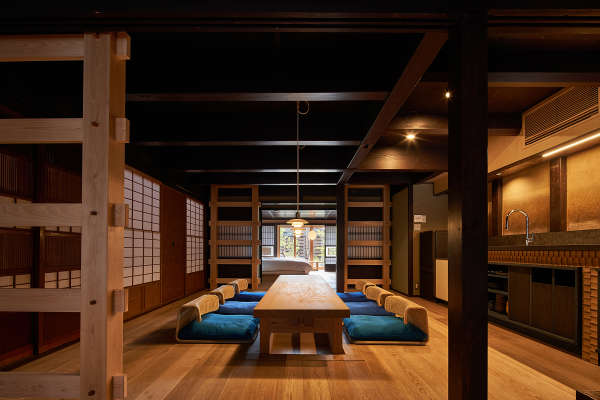
This townhouse, steeped in Obama’s maritime history, preserves traditional architecture while offering modern comfort.
DAY 6
Premium Omi Beef Sukiyaki Workshop
Shiga/Kyoto
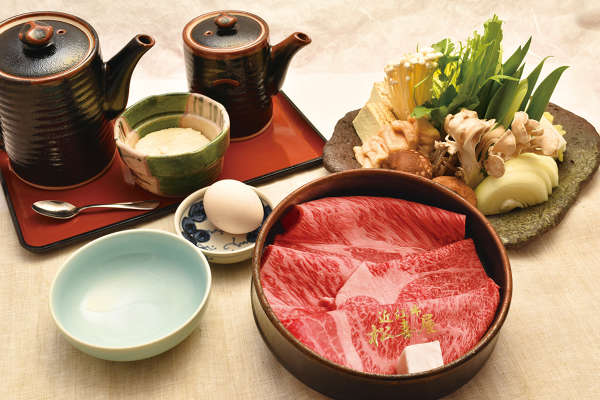
Matsukiya—an old-established shop said to have spread the fame of Omi beef nationwide and once entrusted to supply the Imperial Household.
After an hour-long bus ride you arrive in Shiga Prefecture, a historic crossroads between Hokuriku and Kansai. Here, the star attraction is Omi beef—ranked alongside Kobe as one of Japan’s most prized wagyu. At the venerable steakhouse Matsukiya, discover the beef’s storied past, watch sukiyaki prepared in the restaurant’s signature style, and indulge in a full course showcasing this exceptional wagyu. Satisfied, board the train for the short ride to Kyoto.
DAY 7
Vegan Walking Tour—Kyoto Sanjo-kai Shopping Street
Kyoto
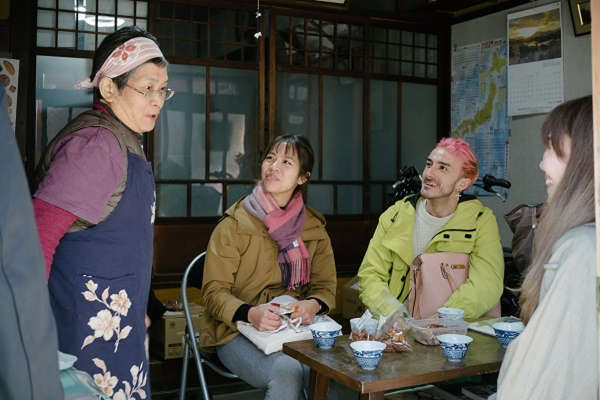
Taste plant-based Kyoto dishes at four shops while chatting with proprietors dedicated to sustainable food culture.
Follow a local guide into Kyoto’s neighborhood beyond the city’s busy core, where community-rooted, vegan-friendly eateries await. Strolling down the quiet streets and retro shopping arcades seldom visited by tourists, you’ll chat with residents and glimpse everyday Kyoto life. As each dish is served, owners share the inspirations behind their menus, giving you a taste of the city’s flourishing sustainable food culture.
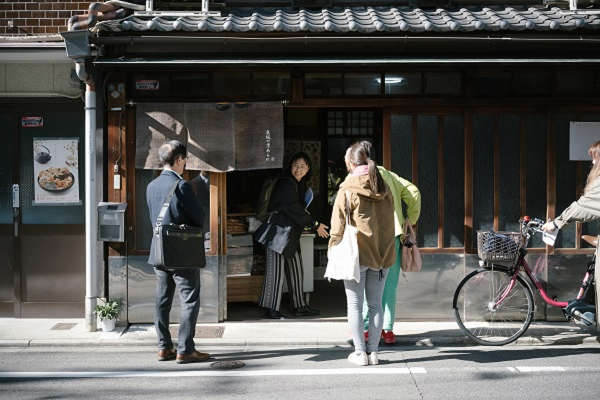
Lively conversations reveal how vegan ideals are woven into daily life—far beyond the food itself.
DAY8
Osaka












